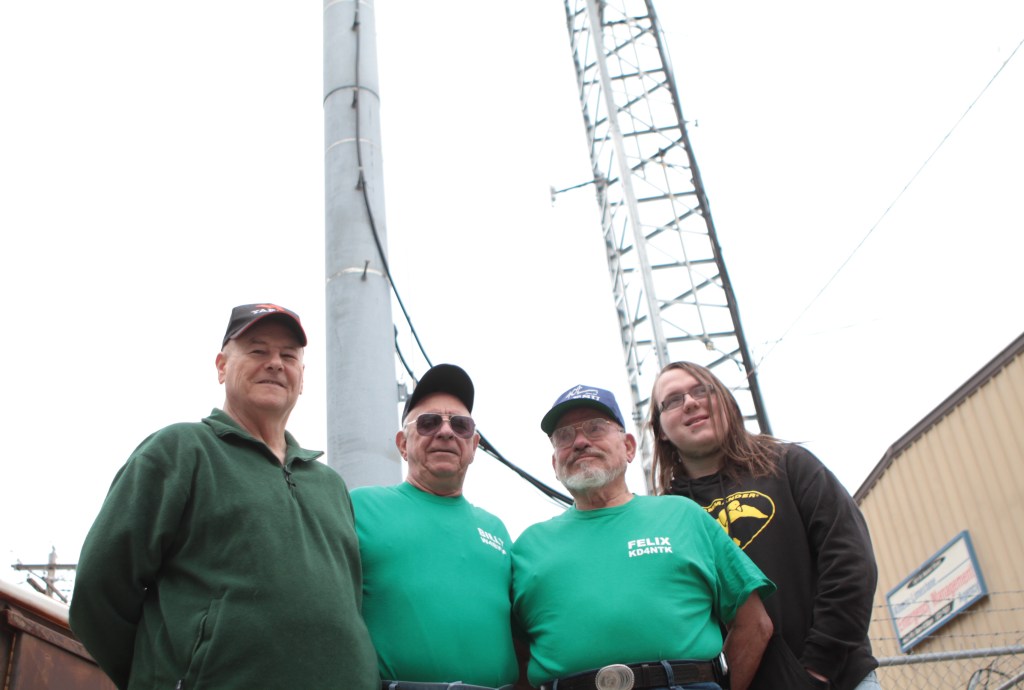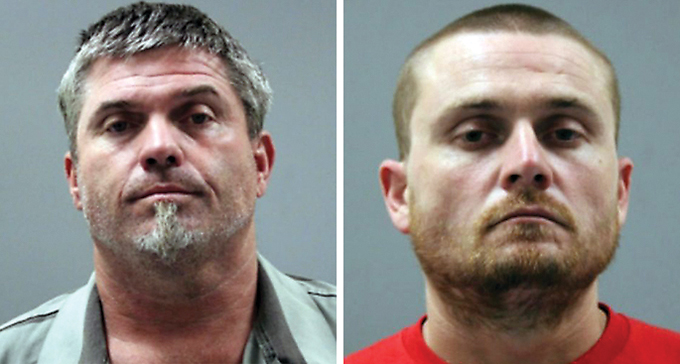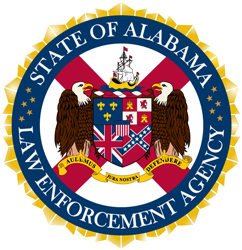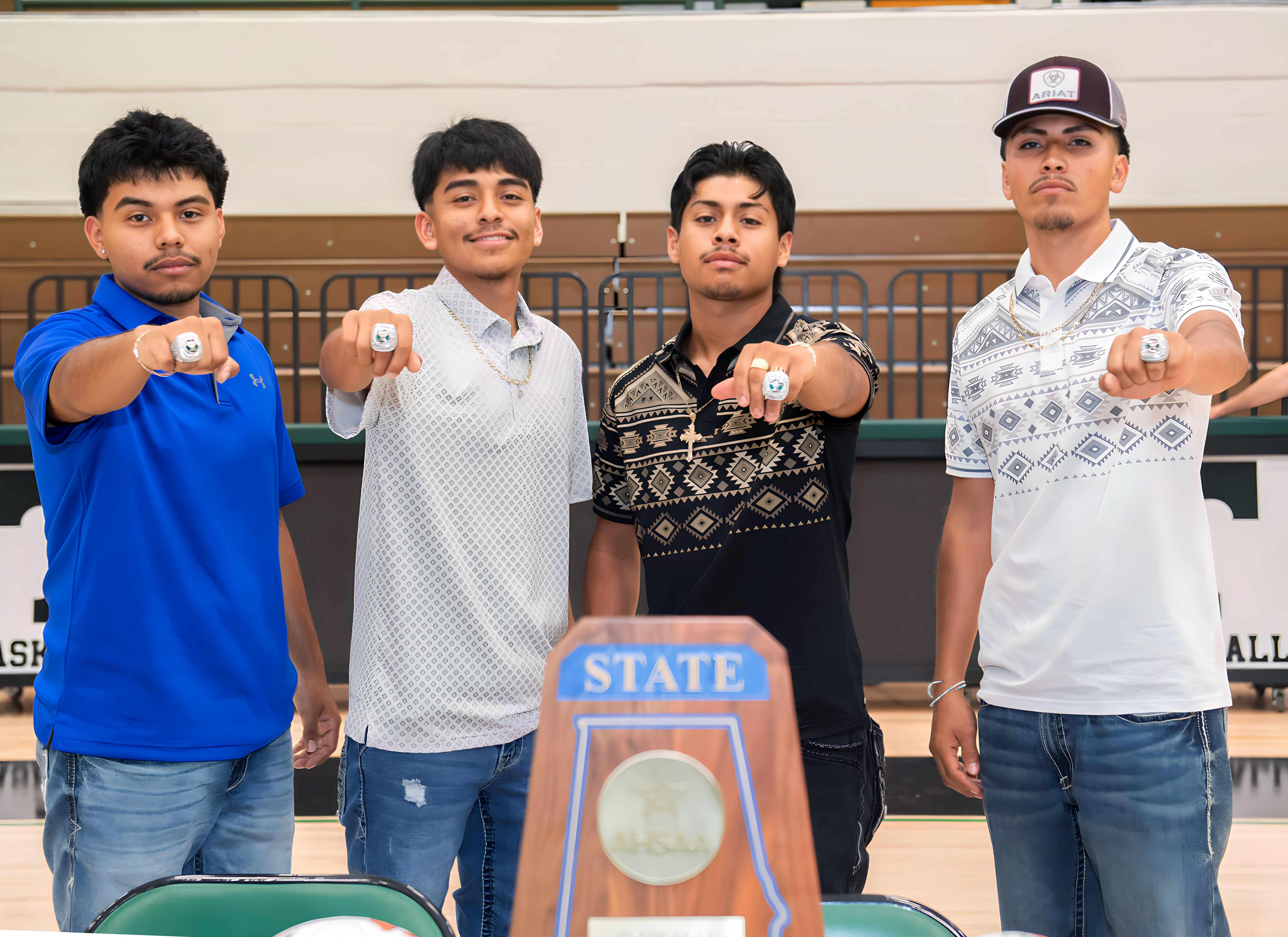Limestone amateur radio operators provide serious public service
Published 2:00 am Monday, March 10, 2014

- Limestone Amateur Radio Emergency Services members, from left, Dennis Stark, Billy Adams (vice president), Felix Birdwell (president) and Joshua Baldwin enjoy ham radio as a hobby, but are also the ears and voices that help protect residents during severe storms. Adams has been a member since 1979. Baldwin, 18, got his license when he was 11 and is one of the youngest LARES members. Birdwell is his grandfather.
Felix Birdwell and Dennis Stark are hams.
Trending
Both men are members the Limestone Amateur Radio Emergency Services team and are ham radio, also known as amateur radio, operators
Ham radio is considered a hobby, but both men are part of the ears and voices that help protect residents during severe storms. Hams assist and provide communications during times of trouble and help prevent issues that cause trouble.
LARES works with the Limestone County Emergency Management Agency and the National Weather Service (SKYWARN) to provide real-time, severe weather data and communications in storm-damaged areas.
Operators set up at the EMA office and provide contact with a local network, which includes the Limestone County Sheriff’s Department, Athens Police, ambulance, fire departments and others. During severe weather ham operators typically know of warnings before they are issued to the general public.
LARES also has assisted many local organizations by providing communications during bike rides, fun runs, the annual Christmas Parade and other events.
Hams
Trending
Birdwell, the president of LARES, has been in the club since 1992. His call is KD4NTK.
His family got him involved in ham radio.
“My dad — W4FXZ — was a ham and my oldest brother — W4THW — was a ham,” Birdwell said, adding his youngest daughter and grandsons have been involved with ham radio as well.
Stark, who joked he is a frustrated electrical engineer, said he has always been interested in electronics. He got involved in ham radio while in the Air Force based in Michigan.
“I like building, testing and experimenting,” he said. Stark’s call is N8AZM.
The two men’s call numbers differ because Stark’s call was issued out of a ham area in Michigan, Ohio and West Virginia. Birdwell’s came out of “4 Land,” basically the Southeast United States. It is the biggest ham area and includes Alabama, Tennessee, Georgia, Florida and Kentucky.
“One thing about ham radio is we make friends with people all over the world,” Birdwell said.
Through programs like EchoLink — a computer program — licensed amateur radio operators can use the computer like a radio and communicate in various locations.
“You can actually hook the computer up to other radio stations,” Stark said. “I can talk on the radio in Michigan through a computer link.”
Local operators typically broadcast over HF, VHF and UHF frequencies, but most often use VHF.
Limestone County operators at the EMA use 2-meter radios to go through a device known as a repeater.
“With a 2-meter repeater, the coverage area typically includes local counties,” Birdwell said. “That is what we use when we have bad weather come in. Of course, our repeater is run in Limestone County and anybody in the county checks in through us and then we relay it to SKYWARN at the NWS.”
The NWS has three repeaters they link through in northern Alabama —Moulton, Huntsville and the Scottsboro/Rainsville area.
“We also have links to the state EMA via radio should something happen here,” Stark said. “I think during the 2011 storms cell service was so bad we were independent. We could contact people at the state EMA.”
Stark said ham radio is a hobby, but it’s also a public service in a lot of ways.
“We are backup,” he said. “When all else fails, ham radio is there.”
Local operators are tasked by the EMA for certain jobs such as supporting local shelters. The group act as additional manpower for communications should something in the county or other parts of the world arise.
“We activate anytime SKYWARN comes up,” Stark said. “That is basically anything from a severe thunderstorm warning or worse. We can activate anytime we are requested, depending on the situation.”
The group was most recently activated during the recent EF0 and EF1 tornadoes that caused damage in the county.
Spotting a ham
When you see a lot of antennas sticking out of a vehicle, the person inside is most likely a ham. They come from all walks of life.
“We are always looking for new hams; the more of us, the more we like it,” Birdwell said.
LARES holds local meetings and offers classes. Classes typically take about 20 hours and can be completed in one weekend or over a period of time.
Stark said ham radios are for a lot of different people. “There is no age limit,” he said.
“There are a lot of kids involved in ham radio including Boy Scouts of America. We have people who like to build electronics. We have people who like to pass messages or send traffic and we have people who specialize in emergency response, people who like to experiment with electronics and find new things.
“Ham radio has been responsible for several innovative features in communications and electronics. There are a lot of electrical engineers around the country who are ham radio operators. There is something for everyone if you are interested.”





